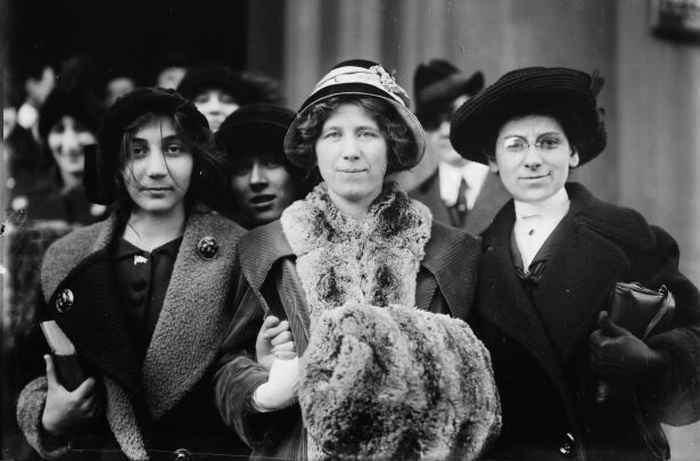Remembering Emma Goldman: Writing in her Lives and Counterlives
- Date
- 25 May 2023
- Time
- 17:00 -18:30

Abstract: In Biography of X (2023) by Catherine Lacey, turn-of-the-century anarchist Emma Goldman (1869–1940) is recalled fondly for her work as Franklin D. Roosevelt’s chief of staff. Lacey’s Goldman is a bulwark of progressive politics, successfully enshrining “paid maternity leave, federally mandated equal pay, and subsidies for housework”, except (unfortunately) she never existed. So, who is the ‘Emma Goldman’ of Lacey’s counterfactual history and what is her relationship to Goldman’s remembrance? Deported from the United States in 1919 the ‘real’ Emma Goldman spent the final years of her life in relative obscurity. Her posthumous reputation was sustained, not because of her acceptance by political leaders, but through the dedicated memory work of second-wave feminist activists and historians (Frankel 1996). Read and written about for the life she lived and the lives she never will, Goldman has become a site of political experimentation and projections of hope for the future. Building from the contention that texts act as vital “portable monuments” (Rigney 2004) to women revolutionaries – for whom there is little moral imperative or state agenda to ensure their ongoing commemoration – this lecture addresses the centrality of writing in Emma Goldman’s cultural afterlives. It compares Goldman’s portrayal in creative and “auto/biographical” (Stanley 1992) texts, moving from her own Living My Life (1931) to Lacey’s novel, to show the multivalent role of fictionality in her ongoing remembrance.'